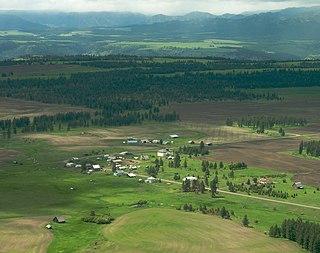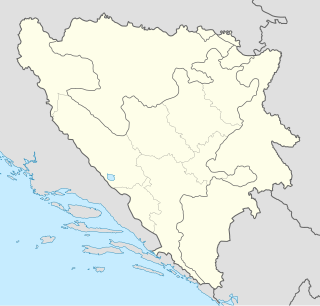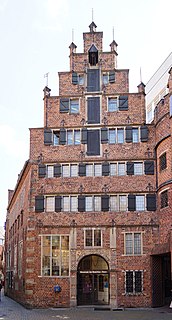| Bukowa Góra | |
|---|---|
| Settlement | |
| Country | |
| Voivodeship | Pomeranian |
| County | Chojnice |
| Gmina | Czersk |
| Population | 55 |
Bukowa Góra [buˈkɔva ˈɡura] (German : Buchenberg) is a settlement in the administrative district of Gmina Czersk, within Chojnice County, Pomeranian Voivodeship, in northern Poland. [1]

German is a West Germanic language that is mainly spoken in Central Europe. It is the most widely spoken and official or co-official language in Germany, Austria, Switzerland, South Tyrol (Italy), the German-speaking Community of Belgium, and Liechtenstein. It is also one of the three official languages of Luxembourg and a co-official language in the Opole Voivodeship in Poland. The languages which are most similar to German are the other members of the West Germanic language branch: Afrikaans, Dutch, English, the Frisian languages, Low German/Low Saxon, Luxembourgish, and Yiddish. There are also strong similarities in vocabulary with Danish, Norwegian and Swedish, although those belong to the North Germanic group. German is the second most widely spoken Germanic language, after English.

In geography, statistics and archaeology, a settlement, locality or populated place is a community in which people live. The complexity of a settlement can range from a small number of dwellings grouped together to the largest of cities with surrounding urbanized areas. Settlements may include hamlets, villages, towns and cities. A settlement may have known historical properties such as the date or era in which it was first settled, or first settled by particular people.
Gmina Czersk is an urban-rural gmina in Chojnice County, Pomeranian Voivodeship, in northern Poland. Its seat is the town of Czersk, which lies approximately 30 kilometres (19 mi) east of Chojnice and 77 km (48 mi) south-west of the regional capital Gdańsk.
For details of the history of the region, see History of Pomerania .

The history of Pomerania starts shortly before 1000 AD with ongoing conquests by newly arrived Polans rulers. Before that the area was recorded nearly 2000 years ago as Germania, and in modern-day times Pomerania is split between Germany and Poland. The name Pomerania comes from the Slavic po more, which means Land at the Sea.
The settlement has a population of 55.








